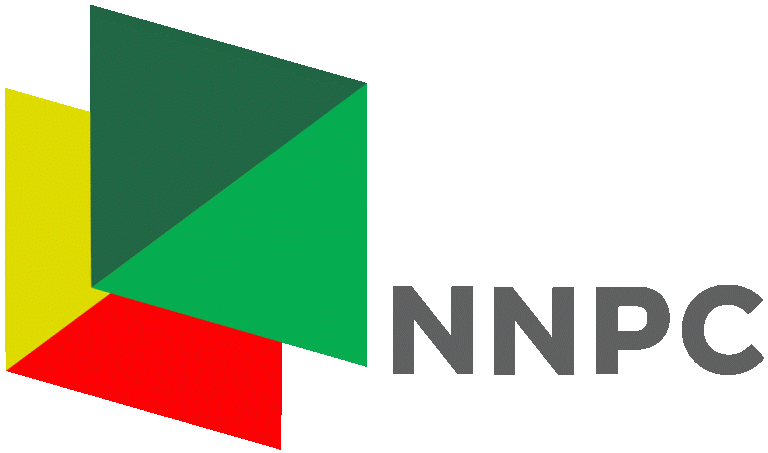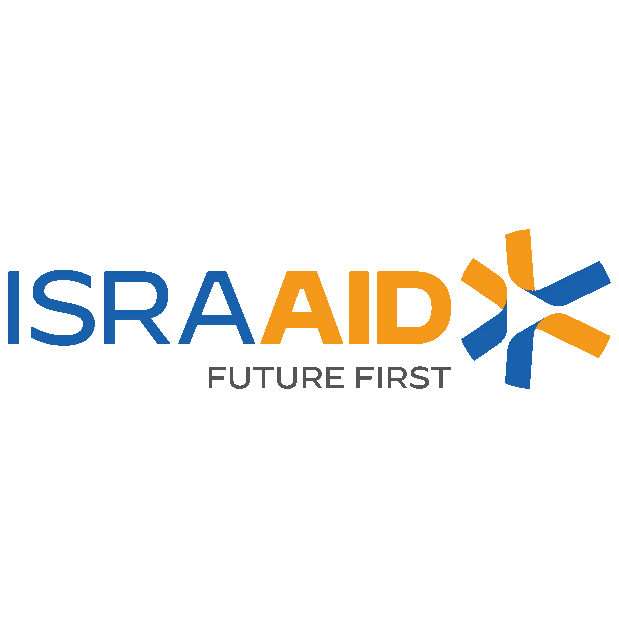Participatory Monitoring and Evaluating Training Course
INTRODUCTION
Participatory Monitoring and Evaluation (PM&E) Course is designed to equip development professionals, project managers, and stakeholders with the knowledge and skills to engage communities and beneficiaries in the monitoring and evaluation process. Unlike traditional top-down approaches, Participatory Monitoring and Evaluation emphasizes collaboration, where local participants actively contribute to assessing and evaluating projects or programs. This ensures that development efforts are more inclusive, transparent, and better aligned with the real needs of the community.
Throughout this course, participants will explore the principles, tools, and methodologies required to implement Participatory Monitoring and Evaluation, ensuring that all voices are heard and that project outcomes are effectively measured and understood. By the end of the course, participants will be able to design and carry out monitoring and evaluation activities that promote accountability, learning, and participatory development.
Key Components of Participatory Monitoring and Evaluation Training
- Introduction to Participatory Monitoring and Evaluation Concepts: Understanding what participatory monitoring and evaluation is and its relevance in the current development context.
- Participatory Monitoring and Evaluation Methods: Learning various participatory methods such as focus group discussions, participatory rural appraisals, and beneficiary feedback mechanisms.
- Designing Participatory Monitoring and Evaluation Frameworks: Developing frameworks that incorporate participatory techniques to ensure comprehensive monitoring and evaluation.
- Implementing Participatory Monitoring and Evaluation: Practical steps to integrate PM&E into ongoing projects, including tools and techniques for data collection and analysis.
- Case Studies and Examples: Reviewing real-world examples of Participatory Monitoring and Evaluation activities to understand best practices and lessons learned.
COURSE OBJECTIVES
By the end of this course, participants will be able to:
- Understand the Principles of Participatory Monitoring and Evaluation (PM&E)
Gain a solid understanding of PM&E concepts, its importance in development work, and how it differs from traditional M&E approaches. - Engage Stakeholders in the M&E Process
Identify and effectively engage various stakeholders, including community members, project beneficiaries, and local authorities, ensuring their active participation in the monitoring and evaluation process. - Design Inclusive and Collaborative M&E Frameworks
Develop M&E frameworks that incorporate participatory methods, ensuring that all voices, especially marginalized groups, are heard and reflected in project assessments. - Apply Tools and Techniques for Participatory Data Collection
Utilize a variety of participatory tools and techniques, such as focus group discussions, participatory rural appraisal, and community mapping, to collect relevant data. - Analyze Data with Stakeholder Involvement
Facilitate collaborative data analysis sessions where stakeholders are actively involved in interpreting the results and drawing conclusions from the findings. - Promote Learning and Adaptation
Use the results of PM&E to promote continuous learning and make necessary adjustments to projects or programs, ensuring they remain responsive to the needs and feedback of the community. - Enhance Accountability and Transparency
Ensure that PM&E processes increase accountability to stakeholders by promoting transparency and openness in how project outcomes are measured and communicated. - Develop Clear and Participatory Reporting
Prepare reports and presentations that reflect the collective inputs and feedback from all participants, ensuring that findings are accessible and actionable for both the project team and the community. - Foster a Culture of Participatory Development
Instill a culture of collaboration and inclusivity in project management, encouraging stakeholders to take ownership of both the successes and challenges of development initiatives. - Monitor Progress in Real-Time
Implement ongoing, real-time monitoring approaches that allow for continuous stakeholder feedback, ensuring projects remain adaptive and context-sensitive throughout their life cycle.
DURATION
10 days
TARGET AUDIENCE
The course is intended for planning, monitoring and evaluation officers, program officers, project managers, research/action research officers, trainer/extension workers, community animators/facilitators and advocacy workers, with direct experience in planning, implementing or managing monitoring and evaluation activities. Participants are requested to bring information materials describing their organizations and monitoring and evaluation activities. English proficiency is a requirement.
COURSE OUTLINE
Introduction to Participatory Monitoring and Evaluation (PME)
- What is PME?
- Aims of Participatory M&E
- Principles of PME
- Applicability, advantages and disadvantages of PME
Steps in the development and implementation of PME process
- Planning the PM&E Process and Determining Objectives and Indicators
- Gathering Data
- Analyzing Data
- Sharing the Information and Defining Actions to Be Taken
Participatory Monitoring and Evaluation Frameworks
- Logical Framework
- Strategic Framework
Participatory Monitoring and Evaluation Plans
- Developing PM&E Plans
- Mainstreaming PM&E Plans with Project Plans
- Implementing PM&E Plans Monitoring PM&E Plans
Techniques and Tools for PM&E
- Participatory Rural Appraisal
- SARAR
- Beneficiary Assessment
- Visual self-evaluation tools
- Testimonials
- Photographing the evidence
- Community records and indicators
Participatory video
- Introduction to participatory video
- participatory video process
- methods for participatory video planning, shooting, editing and screening events
- ethical challenges in participatory video projects
Participatory Planning and Design
- Generating objectives for Project planning
- Developing an action plan for implementation
- Involving the community in implementation
- Group dynamics of Participatory Decision making process.
Selecting indicators for Participatory Monitoring & Evaluation
- Definition of an indicator.
- Factors to consider in selecting indicators.
- Types of indicators.
- Formulation of indicators.
Participatory Action Research (PAR)
- What is social research?
- What is Action Research?
- PAR Tools
- Research mapping
- Research Planning
Participatory Baselines
- The need for Participatory baselines
- Tools used for Participatory baseline surveys
Outcome mapping
- Introduction to outcome mapping
- Stages of outcome mapping
- Steps of outcome mapping
- Uses of outcome mapping
Outcome harvesting
- Introduction and definition of outcome harvesting
- Steps in outcome harvesting
- When to use outcome harvesting
- Strengths and limitations of Outcome Harvesting
Most significant change (MSC)
- Introduction and definition of MSC
- Steps in MSC
- Uses of MSC
- Strengths and limitations of MSC
Participatory information gathering methods and tools
- Focus Group Discussions
- Key Informant Interviews
- Social Maps
- Transect walks
- Role play
- Tree diagrams
- Needs Assessment
- SWOT analysis
- Wealth ranking
- Pair wise ranking
- Historical lines
- Access to resources profile
- Listing
- Ranking
Data Analysis for Participatory Monitoring and Evaluation
- Value of involving others in the process
- Difference between description and interpretation
- How to increase the trustworthiness of your findings
- Participatory Information gathering Tools and Methods
- Qualitative data analysis: The basic steps
- Using NVivo for qualitative data management and analysis
- Feedback to Stakeholders
- Participatory dissemination.
Participatory Impact Assessment
- What is participatory impact assessment?
- 8 stages of a Participatory impact assessment
- Community defined indicators of project impact
- Participatory Tools and Methods for participatory impact assessment
- Assessing project attribution
- Triangulation
Participatory M & E Report writing
- Communicating the different findings among partners
- Sharing experiences with others who may be implementing similar projects.
- Qualities of a good report
GIS & GPS Techniques for mapping in Participatory M&E
- Introduction to Participatory GIS Software (Quantum GIS)
- Using Google Maps, Google Earth for participatory mapping
- Participatory Mapping of M & E indicators
CERTIFICATION
Upon successful completion of this training, participants will be issued with a Macskills Training and Development Institute Certificate
TRAINING VENUE
Training will be held at Macskills Training Centre. We also tailor make the training upon request at different locations across the world.
AIRPORT PICK UP AND ACCOMMODATION
Airport pick up and accommodation is arranged upon request
TERMS OF PAYMENT
Payment should be made to Macskills Development Institute bank account before the start of the training and receipts sent to info@macskillsdevelopment.com
Participatory monitoring And Evaluating training course in Kenya
| Dates | Fees | Location | Action |
|---|---|---|---|
| 13/10/2025 - 24/10/2025 | $2,450 | Nairobi |
|
| 03/11/2025 - 14/11/2025 | $4,950 | Johannesburg |
|
| 10/11/2025 - 21/11/2025 | $2,950 | Mombasa |
|
| 17/11/2025 - 28/11/2025 | $2,450 | Nairobi |
|
| 01/12/2025 - 12/12/2025 | $4,950 | Johannesburg |
|
| 08/12/2025 - 19/12/2025 | $2,950 | Mombasa |
|
| 05/01/2026 - 16/01/2026 | $5,950 | Dubai |
|
| 12/01/2026 - 23/01/2026 | $3,950 | Kigali |
|
| 19/01/2026 - 30/01/2026 | $2,450 | Nairobi |
|
| 02/02/2026 - 13/02/2026 | $4,950 | Johannesburg |
|
| 09/02/2026 - 20/02/2026 | $3,250 | Mombasa |
|
| 16/02/2026 - 27/02/2026 | $2,450 | Nairobi |
|
| 02/03/2026 - 13/03/2026 | $5,950 | Instanbul |
|
| 09/03/2026 - 20/03/2026 | $3,950 | Kigali |
|
| 16/03/2026 - 27/03/2026 | $2,450 | Nairobi |
|
| 06/04/2026 - 17/04/2026 | $4,950 | Pretoria |
|
| 13/04/2026 - 24/04/2026 | $2,450 | Nairobi |
|
| 04/05/2026 - 15/05/2026 | $5,950 | Dubai |
|
| 11/05/2026 - 22/05/2026 | $3,950 | Kigali |
|
| 18/05/2026 - 29/05/2026 | $2,450 | Nairobi |
|
| 01/06/2026 - 12/06/2026 | $4,950 | Johannesburg |
|
| 08/06/2026 - 19/06/2026 | $3,250 | Mombasa |
|
| 15/06/2026 - 26/06/2026 | $2,450 | Nairobi |
|





















